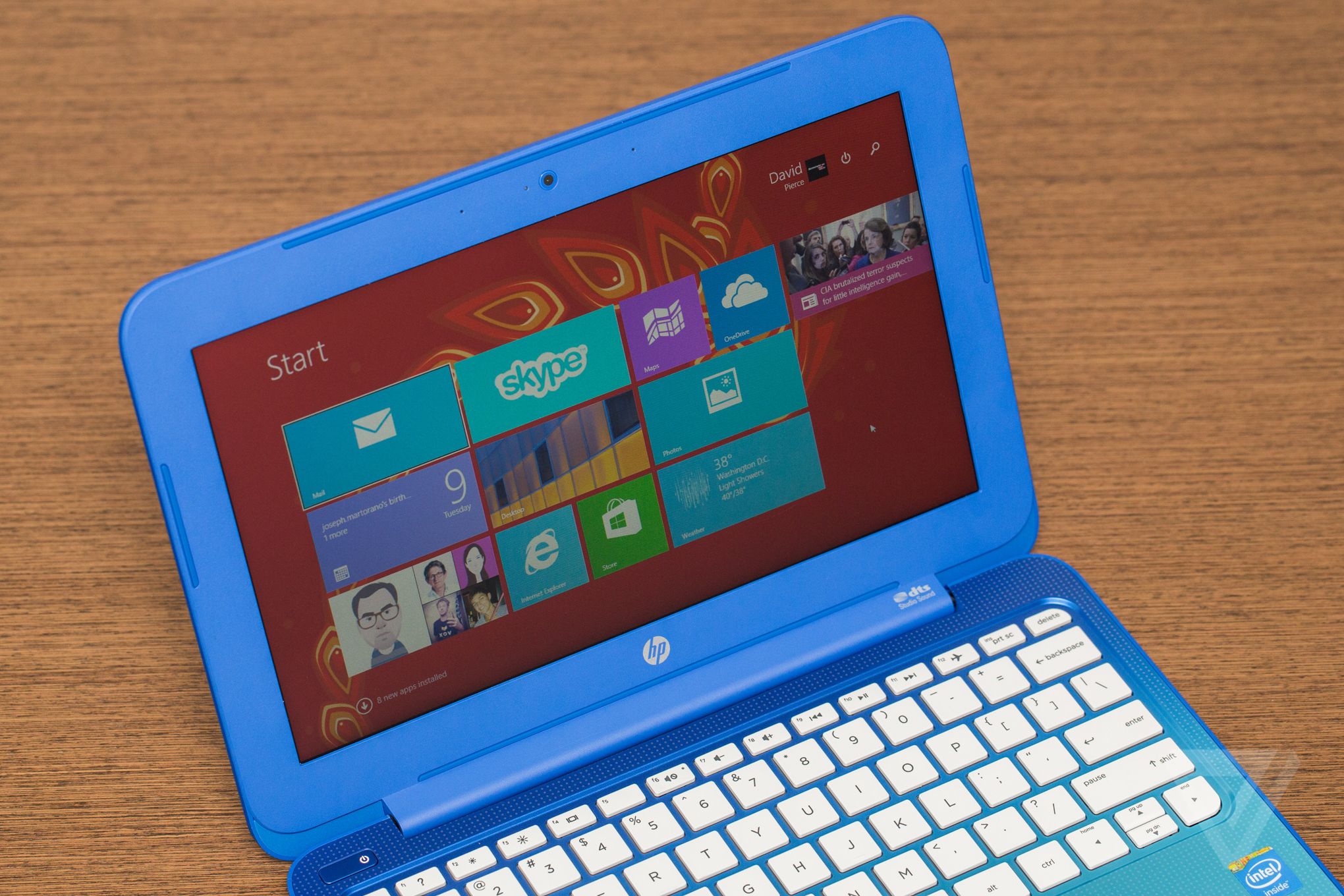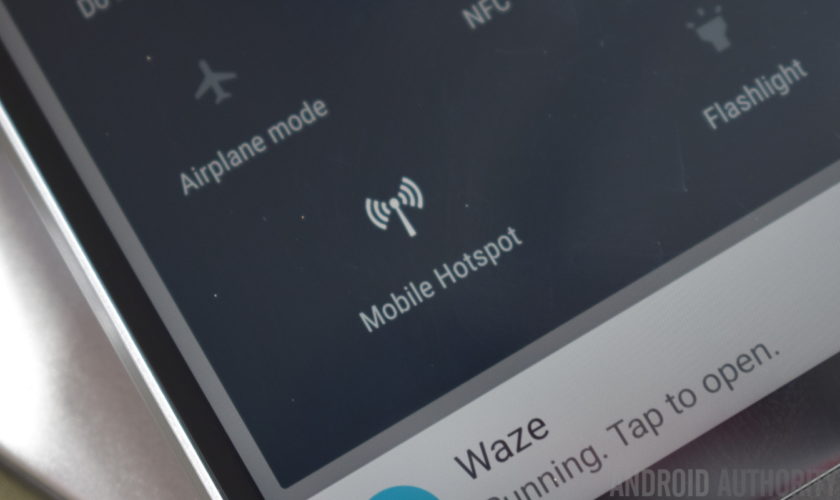
We’ve been hearing rumours that Bill Gates was planning to buy Facebook from a long time and he finally did it. Mark Zuckerberg sold his brand because to focus on his other ventures and to move forward. So Hold On, You must consider FB of Microsoft from today and…wait for it
The deal was signed and confirmed yesterday with the money finally being transacted to the Zuckerberg Funds after the lawyers were all done with the paperworks. Earlier, Microsoft was owning 4% share of Facebook but now it owns more than 80% share and Satya Nadella is the new CEO of Facebook. Damn!
This seems like a gamechanger for Bill Gates and his Microsoft but will Facebook actually remain the same with its habbit of Copying Snapchat from top to bottom. We will find out in next few days…..or maybe not.
As its APRIL FOOL’s DAY! 😀 We Just pranked you and yes, Mark Still owns Facebook and will do for next 10yrs probably! 😀 We’re sorry if you guys were really concerned. Haha! Keep Visiting TD for more tech news which are genuine, yeah.



